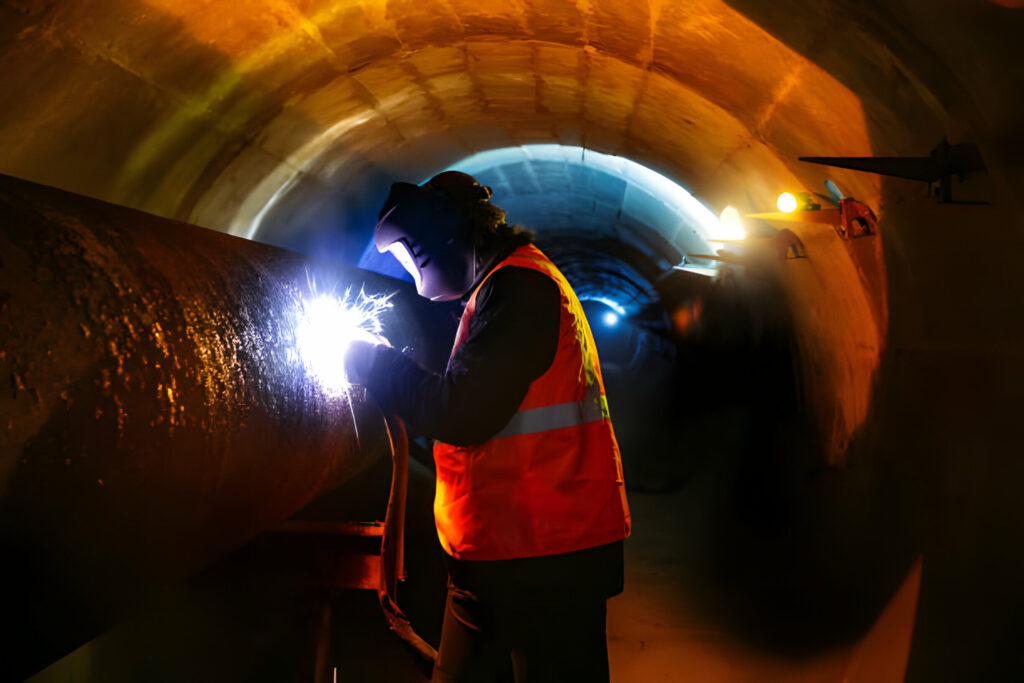echnique in Construction
Core drilling is an essential precision technique in construction.
Core drilling is an essential precision technique in construction.
Experts use the process to cut holes into various surfaces like concrete, brick, and paved materials. It's crucial for installing HVAC ducts, plumbing, and other utilities like pipes and cables.
The process involves using a coring tool. What is a coring tool? A coring tool consists of a special core drill bit an abrasive surface.
Hard and soft coring are the main types of core drilling in the construction industry. While hard coring helps for competent rock samples, soft coring helps when dealing with unconsolidated material.
As the drill rotates, it progressively cuts a ring-shaped hole. Thus, it leaves a cylindrical piece of uncut material called a core. This article explores this vital process in the construction industry.
Core drilling involves using a hollow drill to bore holes through surfaces. The process helps to extract samples you can use for further lab testing.
This gear will help protect you and ensure safety during the process. In addition, remember to inspect thoroughly and train employees in proper equipment use.
![[GetPaidStock.com]-65e045d1764b8 [GetPaidStock.com]-65e045d1764b8](https://closetotheborder.com/wp-content/uploads/elementor/thumbs/GetPaidStock.com-65e045d1764b8-ql96jwprmnyv3y3gmvcff68fcz10nrqq96yc67i0fs.jpg)
![[GetPaidStock.com]-65e045eb8aa3b [GetPaidStock.com]-65e045eb8aa3b](https://closetotheborder.com/wp-content/uploads/elementor/thumbs/GetPaidStock.com-65e045eb8aa3b-ql96kqslpd41fgvrr8chmyn6dawri3251btvj29ewo.jpg)
![[GetPaidStock.com]-65e0460345e32 [GetPaidStock.com]-65e0460345e32](https://closetotheborder.com/wp-content/uploads/elementor/thumbs/GetPaidStock.com-65e0460345e32-ql96lqigx2gxonfvynsb9pmoxy0pmkzxu8mbrksgc8.jpg)
Preparation for core drilling involves checking alignment and conditions that may affect the operation of the core drill. You should install the drill bit securely and the drill should be anchored to the floor or wall using bolts. The process is vital for projects that require precise data on material properties like strength and density. In addition, it’s also an industrial application in the commercial sector. Get more detail about wiresaging.
These people think we’re awesome. The feeling is mutual!

The drill should be operated at the recommended speed, and all body parts should be kept away from moving parts. However, core drilling poses certain risks, including inhaling silica dust, exposure to loud noises, and physical fatigue. To mitigate these risks, it’s crucial to follow best safety practices. These safety practices include wearing appropriate PPE, inspecting equipment, and training employees in proper equipment use.
Wet drilling is generally more efficient than dry drilling, as it minimizes dust and leaves a cleaner, more stable hole surface. Get more information about dykketjenester.
